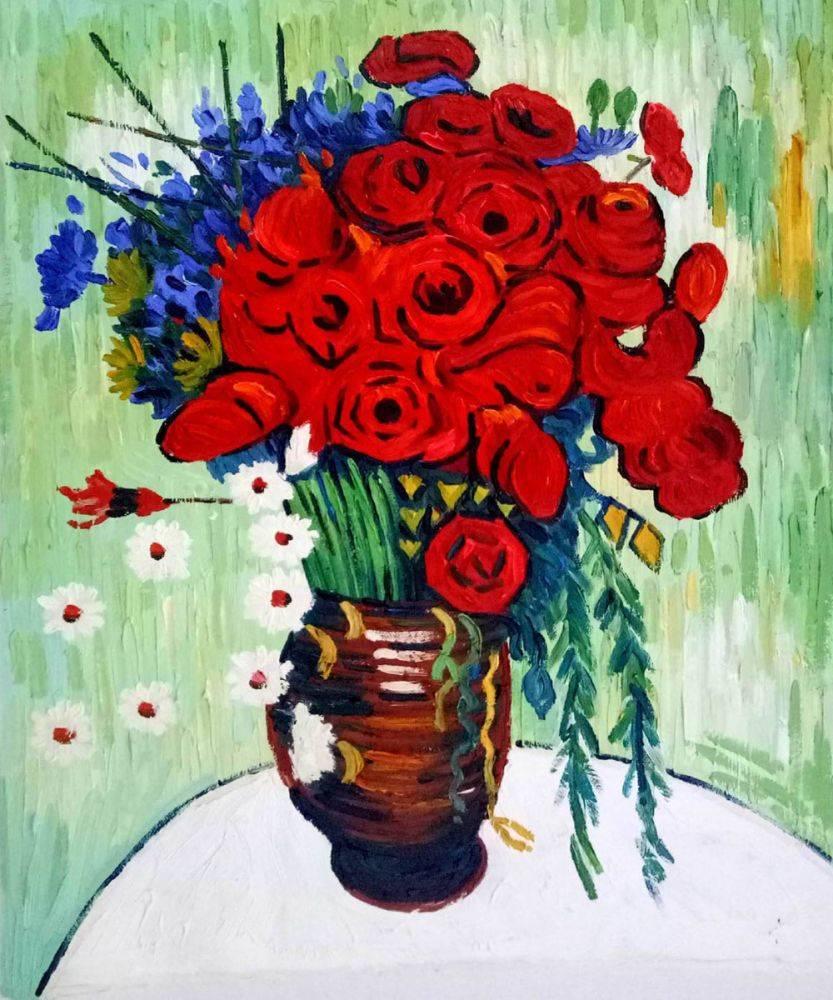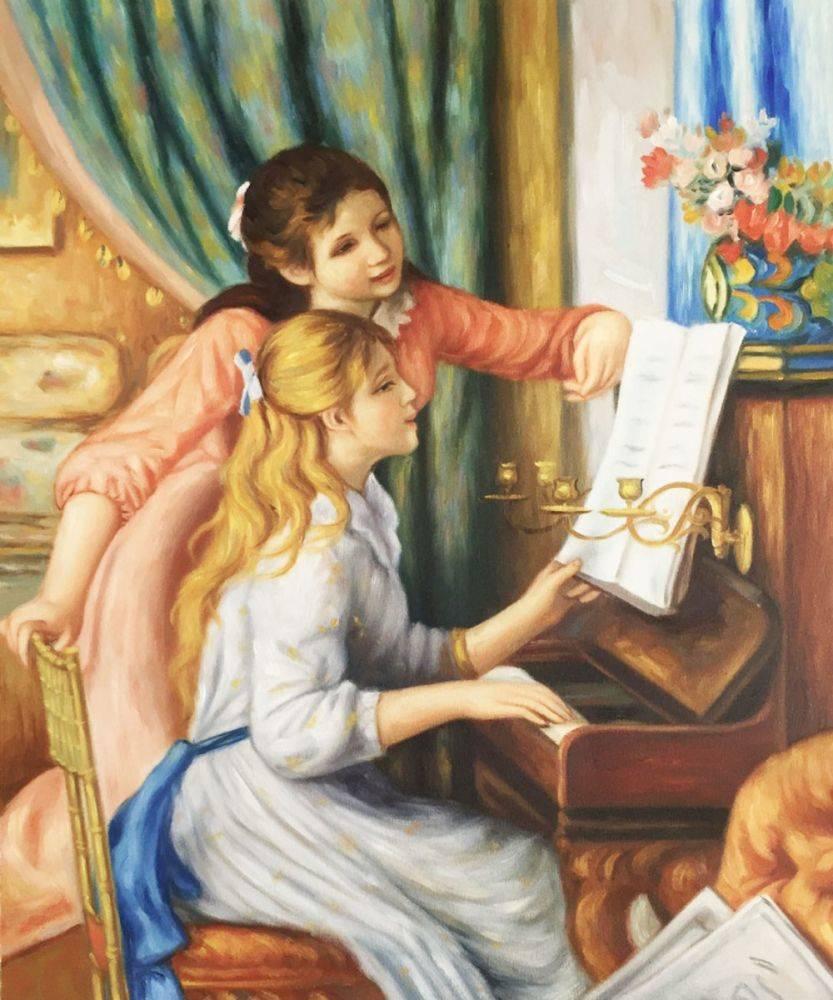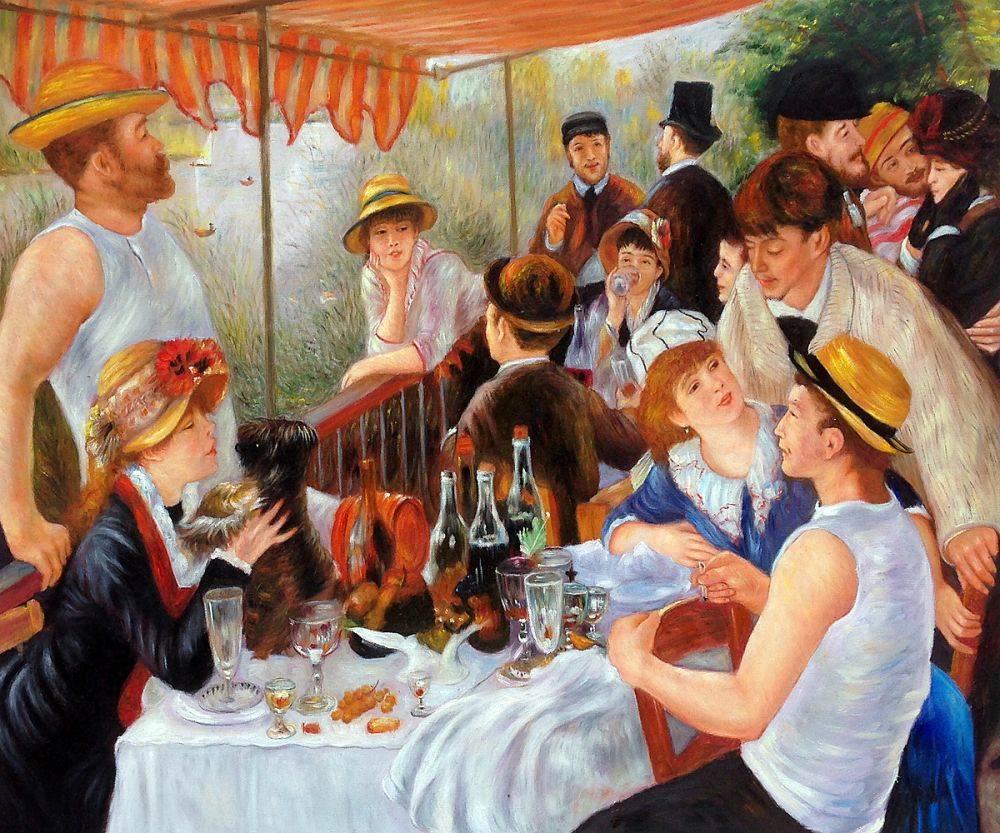Art
Mary Cassatt: The Woman in the Impressionist Circle
Mary Cassatt was the only female artist Degas ever credited with drawing abilities and the only American to exhibit with the Impressionist circle, which included Monet, Renoir, Cézanne, Sisley, Van Gogh, and Degas, among others. Cassatt, famous for her maternal portraits, began her studies at the Pennsylvania Academy of Fine Arts, where twenty percent of the students were female and valued art as a social skill. Few were determined to make a career of art, as was Cassatt.
Determined To Do It Herself
Cassatt left the academy and headed abroad to eventually settle in France, where she would meet Degas. Abroad, though with challenges, Cassatt could take on models instead of drawing from casts. She studied personally with Jean-Léon Gérôme (a master from the École des Beaux-Arts) and copied the masters for self-study in the Louvre. While the artist criticized the Salon and its conventional taste, many of her works shown there, including Two Women Throwing Flowers During Carnival of 1872, which was purchased. The artist was rejected by the Salon’s jury, as she did not have a friend or protector on the board, but eventually met with success, showing works at the Salon over the course of seven years.
Cassatt, Critics, and Impressionists
 Despite (or perhaps in spite of) her success, critics accused her of being too outspoken. Sartain stated that Cassatt was blunt in her comments and wrote: “She is entirely too slashing, snubs all modern art, disdains the Salon pictures of Cabanel, Bonnat, all the names we are used to revere.” In 1877, two of her works were rejected from the Salon. Around the same time, Degas had invited Cassatt to show with the Impressionists at the World’s Fair in 1878. The Impressionists had no manifesto but preferred to paint in the open air with vibrant strokes and premixed paints.
Despite (or perhaps in spite of) her success, critics accused her of being too outspoken. Sartain stated that Cassatt was blunt in her comments and wrote: “She is entirely too slashing, snubs all modern art, disdains the Salon pictures of Cabanel, Bonnat, all the names we are used to revere.” In 1877, two of her works were rejected from the Salon. Around the same time, Degas had invited Cassatt to show with the Impressionists at the World’s Fair in 1878. The Impressionists had no manifesto but preferred to paint in the open air with vibrant strokes and premixed paints.
Flattered by Degas’ invitation, Cassatt accepted and joined the group, which had shown independently for several years. Cassatt also joined Berthe Morisot, who showed with the Impressionists, as the only other woman in the group. Critic Henry Bacon, a friend of the Cassatt family, accused the Impressionists of having a “disease of the eye.” However, his wife Lucy Bacon often sought Cassatt’s advice as a skilled painter.
Degas and Cassatt?
Having seen Degas’ work in 1875 in an art dealer’s window shop, Cassatt stated, “I used to go and flatten my nose against that window and absorb all I could of his art.” She continued, “It changed my life. I saw art then as I wanted to see it.” Like, true peers, Degas, and Cassatt supported each other professionally. Degas was impressed by Cassatt’s draftsman abilities, the only female artist he had supposedly so complimented. Cassatt picked up on Degas’s passion for pastels and also purchased one of his works and brought it home, making the piece the first Impressionist work to grace American soil. It is said that Degas and Cassatt shared a unique and intimate relationship, but in what context?
Early on, Cassatt had decided against marriage, as it would halt her art career in its steps. She also frowned upon flirting with jurors to accept her work into the Salon. She did not take a protector. She did not marry. Their work certainly influenced one another, and eventually, they took to painting portraits of each other. Degas often depicted Cassatt with the stature of a man, as she was a very unconventional and independent woman and artist. Many would cast her in the light of other female artists at the time, extending Degas’s interest in Cassatt as something more. It may be suggested that their relationship became romantic, but they were true peers.
Cassatt as a Master
While other women were serving as low-paying copyists of masters in the Louvre, Mary Cassatt stood alongside the masters she admired, not “spoken for” or looked after as a female painter in a man’s art world but in her own right. Cassatt graced the walls of the Salon, showed at the World Fair, and exhibited with the likes of Degas and Morisot as one of two women in the Impressionist group. In her own way, Cassatt’s mother and child artworks cast not only a realistic reflection of women in their time period but reveal them in an unconventional and empowering Impressionist light.




